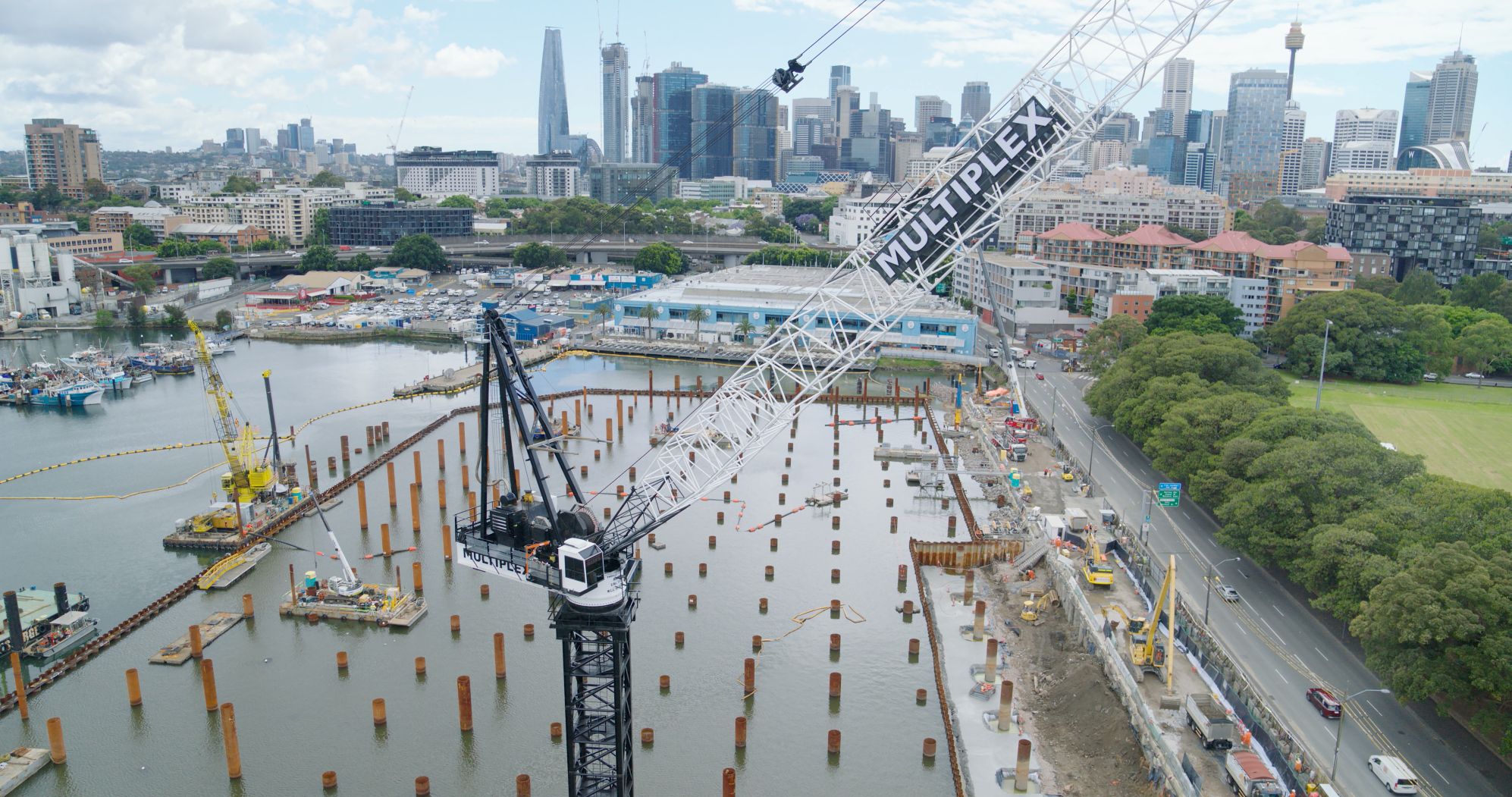
Renewable energy is shaping the construction industry of the future. Solar and wind energy could soon be used to power entire construction sites, while hydrogen fuel cells power clean construction vehicles. How are renewable energy technologies changing the industry, and what are the benefits of adopting them?
Wind and solar: new ways to power construction sites
As of 2022, 20% of energy in the U.S. comes from renewable sources, especially wind power. More and more industries are working to adopt renewable energy technologies. Construction can join the renewable energy revolution, as well. Construction sites today cause 30 per cent of air pollution and emit large amounts of greenhouse gas emissions, but renewable energy sources may be able to change that.
Wind and solar energy can be used to power construction sites in place of diesel generators. In the past, these energy sources were simply not widely available enough to be feasible for the energy needs of construction companies. This is no longer the case, though. For example, solar power installations have grown 33 per cent year over year in the U.S. over the past decade. Today, solar generates over 130 gigawatts (GW) of electricity across the country. The price of solar PV panels has also dropped significantly.
Construction companies now have options when it comes to powering their sites. Solar and wind can be especially effective in construction because work sites are often wide open, clear spaces where plenty of sunlight and wind can get through. This is particularly true in the early stages of a project before walls begin going up.
Construction companies will also not be subject to fluctuations in price as is common with fossil fuels. Energy rates fluctuate based partially on demand, so they increase in the summer months – the time when many construction projects are underway. By shifting to solar and wind energy, builders can reduce costs in their busiest season.
It is also worth noting the financial incentive for investors and construction company owners for adopting renewable energy. Having a solar- or wind-powered construction site could be a big win in annual ESG reporting, indicating a business’ commitment to sustainability at every stage of a project. Even if a site can’t be powered entirely by solar and wind, renewable energy could reduce the amount of money needed for conventional energy utilities.
Construction companies that are interested in powering their projects with renewable energy should start by reaching out to local solar and wind providers. Some areas have more solar or more wind available due to local weather patterns, but renewables are available in every state.
Remember that any energy upgrade takes time, particularly for complex industries like construction. Set achievable and measurable energy goals to start with, like powering the next project with at least 25 per cent renewable energy.
Hydrogen fuel cells: powering sites and machinery
Electric vehicles are on the rise in the consumer market, but transitioning the construction industry to EVs may be more difficult. The sheer size of the batteries that would be required to operate most construction vehicles could prove prohibitively expensive and resource-intensive. Luckily, there is another renewable energy source that could power construction vehicles: hydrogen fuel cells.
Fuel cell vehicles are very similar to conventional gas-powered vehicles. The main difference is that the fuel tanks are filled with clean hydrogen rather than gasoline or diesel fuel. The liquid hydrogen powers a fuel cell, similar to using gas to charge up a battery.
Hydrogen fuel cells could be a great renewable energy source for construction since they are more cost-effective at the large power capacity that construction vehicles need. Plus, they can be filled up just like a regular gas-powered vehicle, only tanks of hydrogen would be needed rather than diesel. In fact, automakers are already developing hydrogen-powered trucks to bring larger vehicles into the clean transportation movement.
Hydrogen fuel cells also have the potential to power entire construction sites. Microsoft proved the large-scale power generation capabilities of hydrogen fuel cells in 2022. The tech giant built a 3-megawatt backup power system for one of its data centres using giant hydrogen fuel cells made of shipping containers. The prototype backup power system was successful and completely emission-free. Any construction company could use hydrogen fuel cells to replace their diesel generators on-site.
Clean energy is the future of construction
Renewable energy equipment is making its way onto construction sites around the world. From solar and wind to hydrogen-powered vehicles, the construction industry of the future will be able to build new structures with less damage to the environment.












